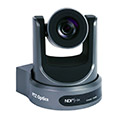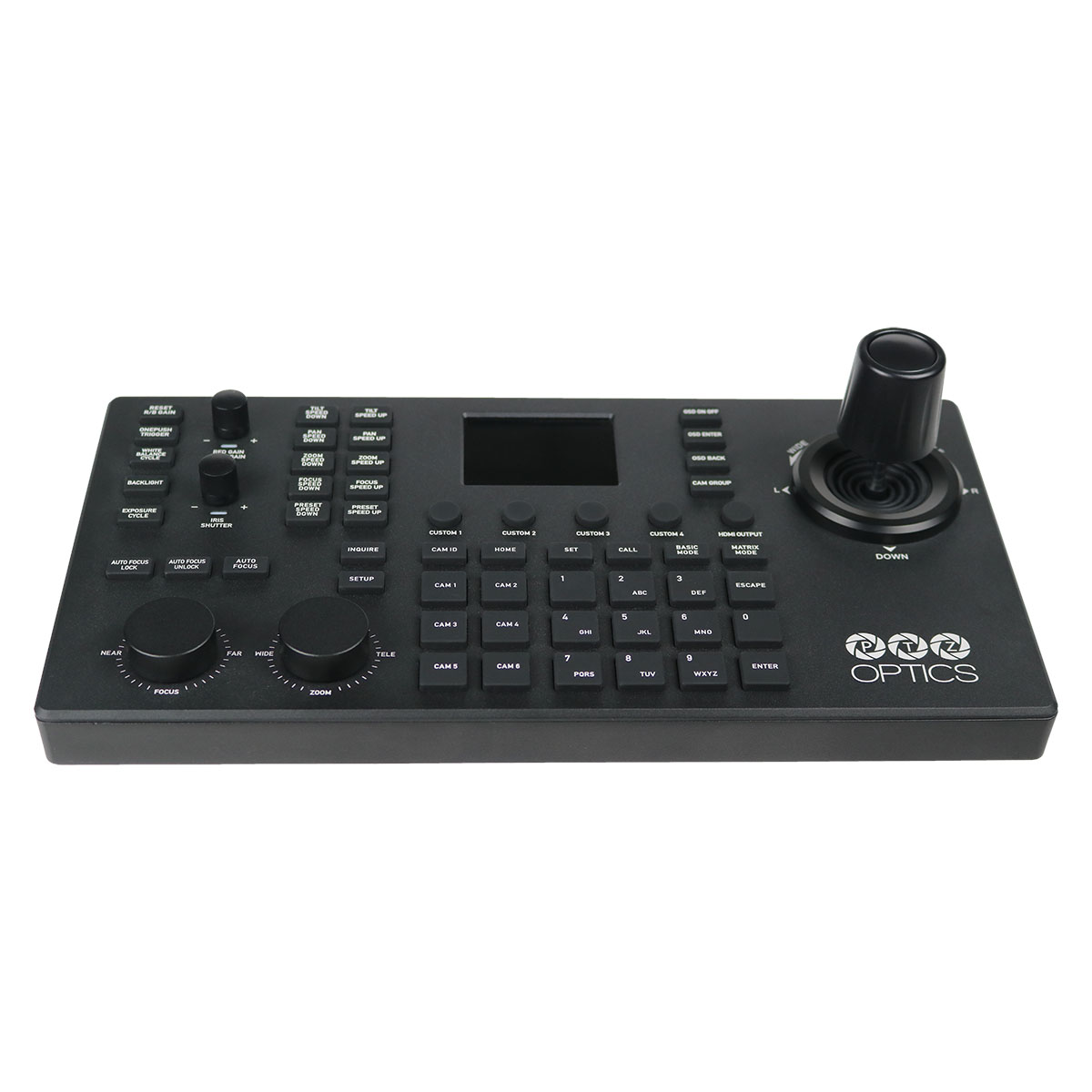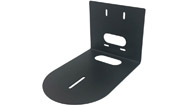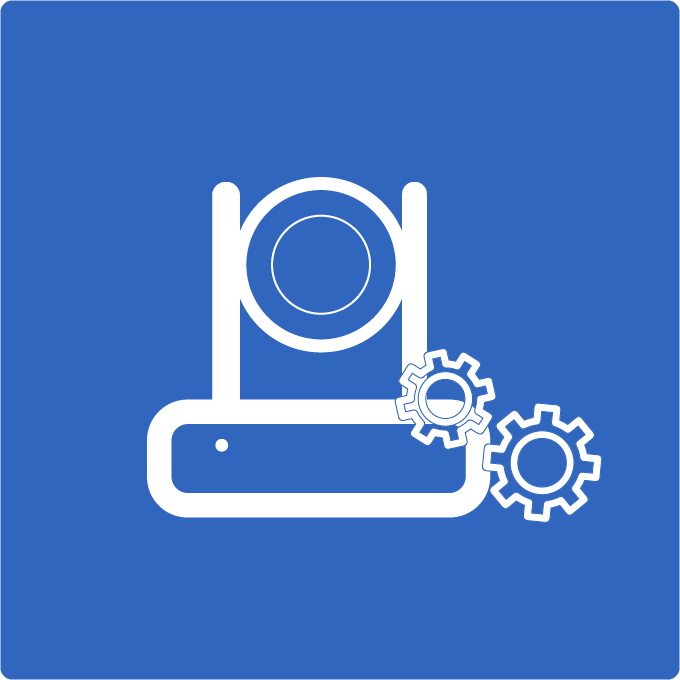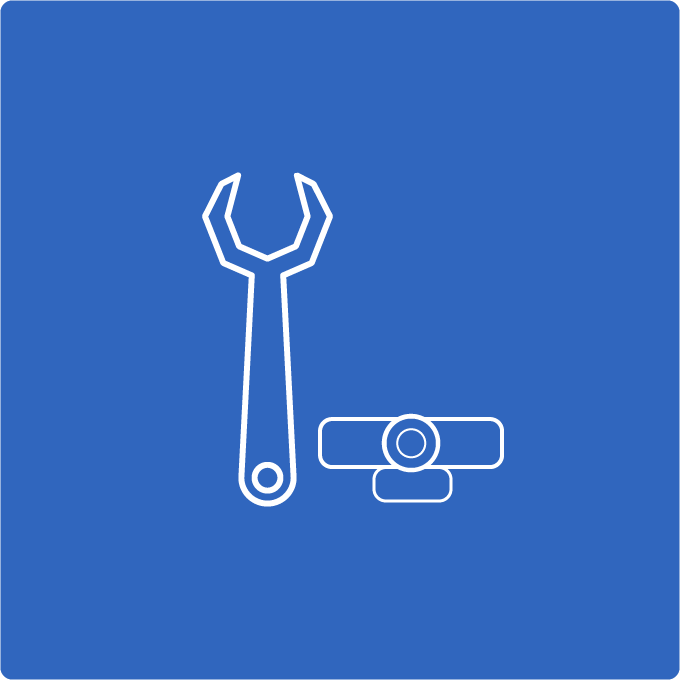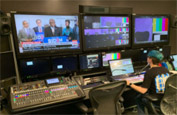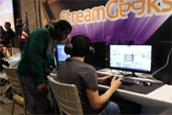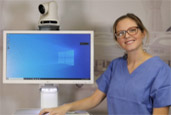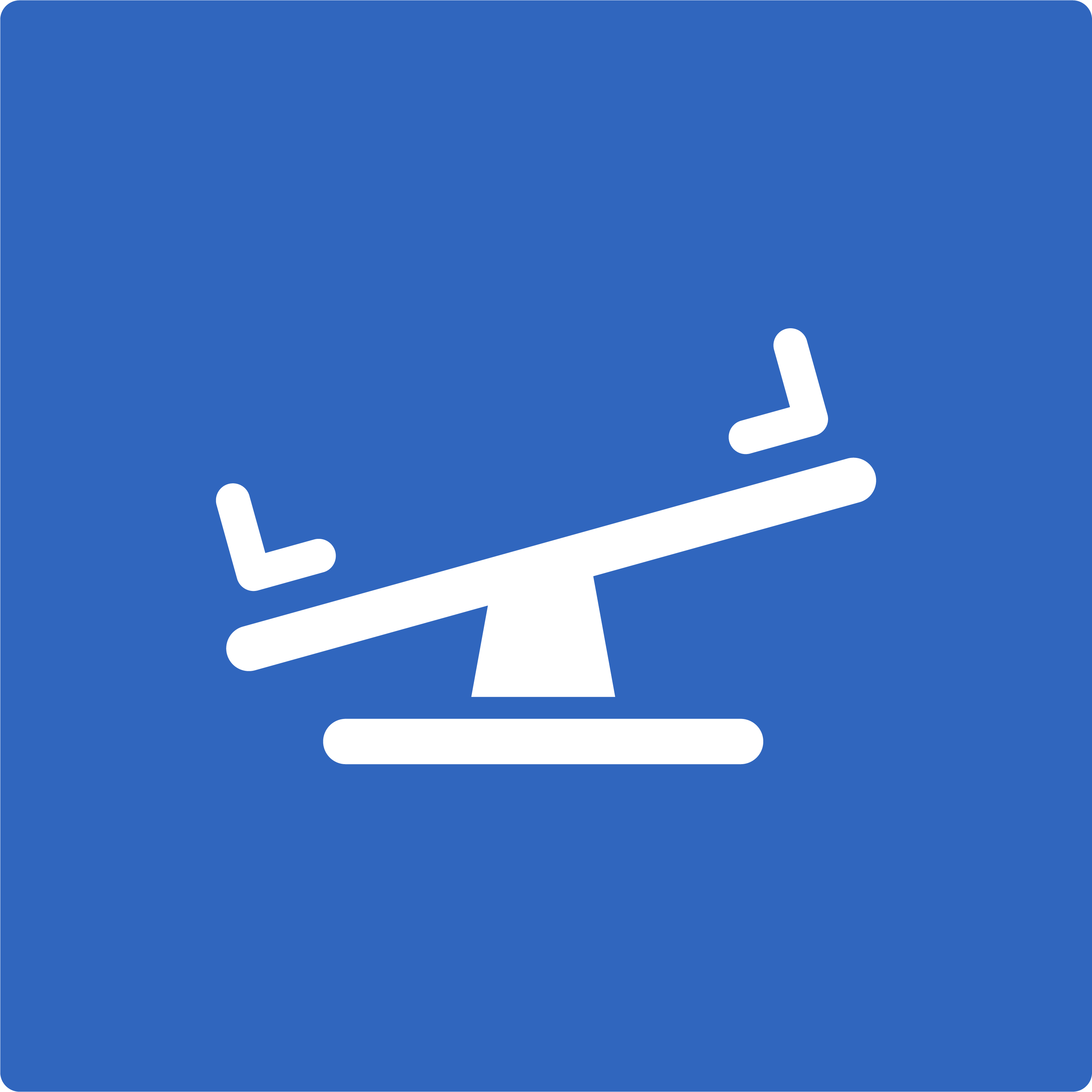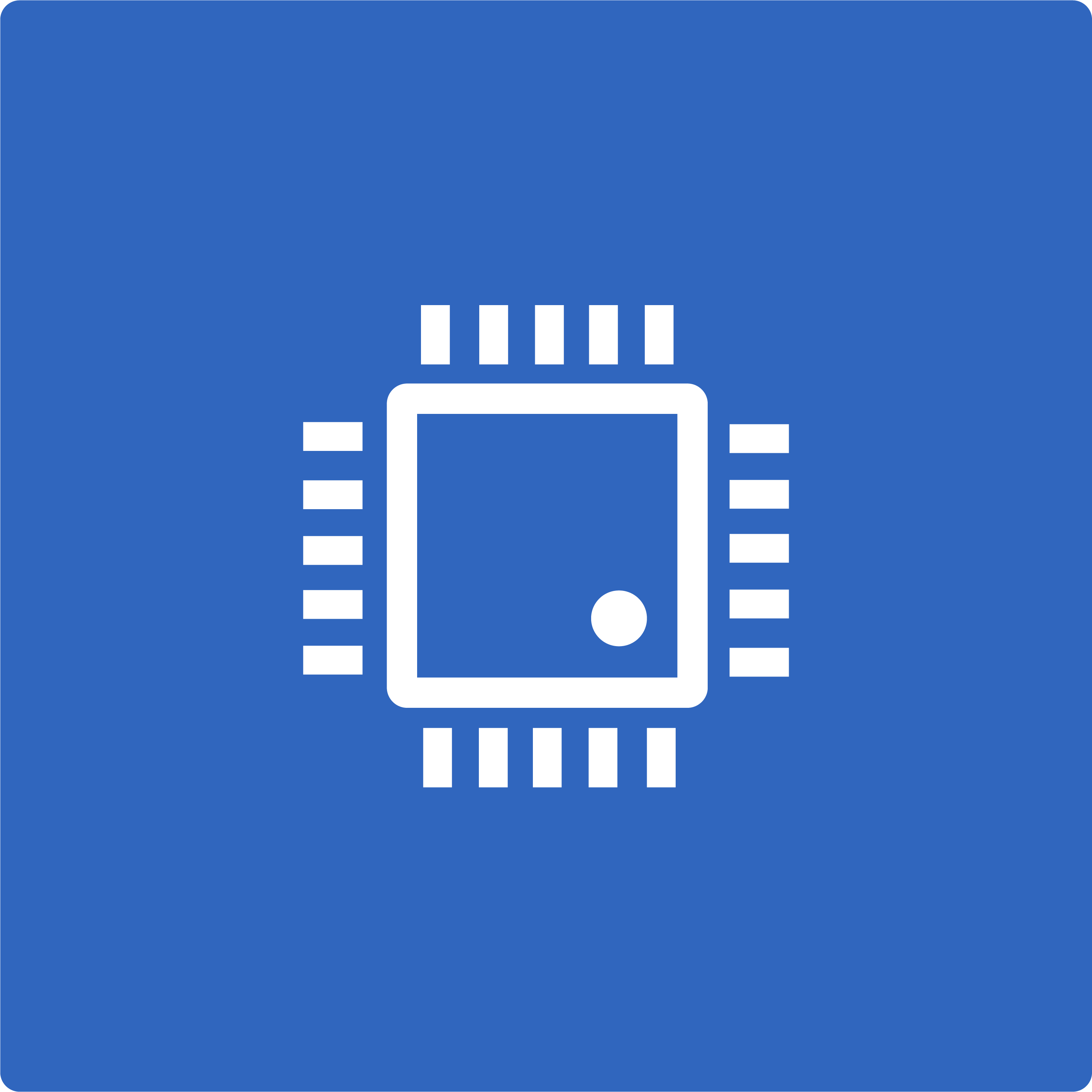During the 2019 StreamGeeks Summit, a three-versus-three RocketLeague esports tournament took place. The event was live-streamed by a student-run team from New York City’s S.A.R High School and broadcast to Twitch. The student-run broadcast team used a Wirecast Gear video production system, which was connected to three PTZOptics cameras via SDI and seven gaming computers using NDI. The main PTZOptics camera was a 12X ZCam connected via SDI. This camera was used to capture the play-by-play announcer team from Hofstra University. Students from theS.A.R High School also had access to two PTZOptics 20X-SDI cameras they could remotely control using Wirecast and Xbox controllers to capture various views throughout the esports tournament.
- Play by play announcer
- OBS LIVE STREAM
The gaming computers were provided by Helix Esports, and each computer was used to runOBS (Open Broadcaster Software) to capture the RocketLeague gameplay. OBS was used to create a picture-in-picture output with a webcam source from PTZOptics webcams plugged into each computer via USB. OBS is able to output an NDI IP video feed for each computer it is running on which it is then able to be pulled into Wirecast as additional sources over the LAN. In a similar way, the observer PC used to view gameplay from each player in the RocketLeague tournament was captured via NDI and OBS. The observer PC was used by the play-by-play announcer and the student-run broadcast as a source for viewing the gameplay at large. The production system allowed the S.A.R High School students the ability to create a dynamic esports video production using a mix of gameplay screens, player webcams, and PTZOptics cameras in the space.
- Esports Live Tournament
- LIVEU 600 ESPORTS
The StreamGeeks Summit happened on November 8th, 2020 in New York City. The tournament featured a 3 on 3 Rocket League setup with seven computers and a production PC all connected together on one LAN (Local Area Network). There was a stage area with two students play by play announcers on camera with microphones for audio pickup. The production crew had multiple PTZOptics NDI camera available to use in order to zoom into the play by play announcers but also capture angles that show each of the gaming stations. Students from the S.A.R high school broadcast club were able to produce a 100% student-run live stream with the available video and audio sources spread across the local area network. The entire student-run production was then live-streamed to Twitch.
So where do you begin?
Let’s start with capturing the gameplay of each player and include a webcam video feed as well. With 6 players spread out hundreds of feet from each other, the USB capture card method mentioned our basic setup would not be possible. Most live streamers do not recommend the use of more than two capture cards with a single computer. This is due to USB bandwidth constraints built-in to most computers. Instead of using expensive capture cards and video extensions you can use IP video that leverages the ethernet cabling already connecting every computer.
Each of the RocketLeague computers should be connected to a local area network as a prerequisite to hosting the tournament. A local area network or LAN is basically an interconnected system that connects each computer for gameplay with ethernet cabling using networking equipment. This same networking infrastructure can also be used to connect each gaming computer to the production PC.
In the planning stages of your Esports tournament, you will want to know exactly how many computers and devices you will have on your LAN (local area network). Most networks can handle 254 connected devices, all communicating with unique IP addresses, without advanced configurations. The brain behind your LAN is generally a piece of networking equipment called a router. A router is used to manage all of your computers and other devices connected on your network. All devices on your network will need unique IP addresses in order to communicate. This is not something you generally have to worry about and it will be covered in more detail in the included Esports Streaming Course. But for now just understand, each device can be assigned an IP address manually or automatically using DHCP. Assuming your router is set up to handle DHCP, it will automatically give any device connected to your network an IP address unless the device has already been assigned an IP address manually.

Basic Network Setup
Take the above network for example. The modem providing the internet to your router is optional. If you plug a modem with internet access into your router, it will allow you to give all of the devices on your network internet connectivity. Internet connectivity is generally important for Esports tournaments, not just for live streaming but also for updating game software with the latest builds.
Connected to the router is a network switch. Network switches are used to connect devices together using ethernet cabling. As you can see there are 6 “Esports Computers” connected to the network switch. Because they are connected to the network, the router will assign each computer an IP address using DHCP. Once each computer is connected to the same local area network the RocketLeague software will automatically see each computer running the game on the network and allow the students to play the game together in your tournament. Also connected to your network you can see your Observer and Production PCs. These computers can be used to send and receive video over IP as well on the local area network. Your production PC will be receiving video from all 7 computers on your network by the end of this set up.
As you can see the video production computer is running a software called Wirecast. Wirecast is a great software for video production and the students from the S.A.R High School operating the system use it to produce traditional sports like Basketball all the time. On each Esports computer you can install a piece of software called OBS (Open Broadcaster Software) to capture the gameplay and a webcam connected to the computer via USB. OBS can be used to combine a screen capture of the gameplay and a picture in picture source of the USB webcam source together. OBS is an amazing free tool for video production and it can output an IP standard called NDI with a plugin. Once you are running OBS on each of the Esports computers you can choose to customize your IP NDI video output. NDI can be used as a low-latency video output from OBS which is used to transport each Esports computer video source into your production computer over the LAN. Because all of these computers are connected over the same local area network, all of the OBS NDI outputs can be pulled in with Wirecast over the network.

Complete Esports Production
Another important part of the production connected to your LAN is the Observer PC. The Observer PC can also run OBS to capture the video gameplay and output the video via IP using NDI. The “Observer” feature of the RocketLeague software is available in almost all other competitive video games as well and it has become an important tool for play by play announcers. The Observer PC should be set up in view for your play by play announcers who will be using the monitor to do their job. Your production team should consider the Observer PC video input one of the staples of their production. Just like regular sports production you want to give the audience a good overview of the field as the play develops. Transitioning to individual gamers screens should be reserved for special occasions happening during gameplay.
Your play by play announcers will, of course, have microphones for capturing their performances. Microphones are generally used with XLR connections that can be connected to a USB audio interface. A standard USB audio interface can mix together multiple XLR microphones and connect to your production PC with a simple USB cable. The play by play announcers will also be captured via video using a camera connected to your system. In the diagram above, you can see the system has added multiple NDI capable PTZOptics cameras and the audio system for the play by play announcers. NDI cameras can output video directly to your computer without the need of a capture card. PTZOptics NDI cameras also feature PoE (Power over Ethernet) capabilities which allow teams to connect a single ethernet cable to power the camera, control the camera, and connect to their software for video.
Another IP connected device that gives students an important role in the production is an IP joystick. In this example, there is a PTZOptics IP joystick that is connected to the network which is able to operate the pan, tilt, and zoom operations of the PTZOptics 20X NDI cameras. Both the joystick and the camera can be powered over Ethernet assuming you are using a power over ethernet capable network switch. The IP joystick uses the PTZOptics camera’s static IP address to communicate. Unlike the Esports computers that use DHCP to ge their IP addresses, devices like PTZ cameras usually keep static IP addresses. You can of course control PTZOptics cameras directly inside software like Wirecast or OBS but a dedicated joystick controller can make your production easier to manage so that your student producer can focus on the production.
So that’s the basics of a simple 3 on 3 Esports tournament local area network with a broadcast setup for two play by play announcers. In the next chapter, you can dig in deeper and understand what it really takes to pull of an Esports tournament live stream like this.
Download the Case Study here:
[button color=”extra-color-1″ hover_text_color_override=”#fff” size=”medium” url=”http://143.198.120.149/wp-content/uploads/2019/11/Esports-Case-Study-Revised_compressed.pdf” text=”Live Streaming an Esports Tournament” color_override=””]
Groups:
[button color=”extra-color-1″ hover_text_color_override=”#fff” size=”large” url=”https://www.facebook.com/groups/esportsEDU/” text=”Join our Esports in EDU Facebook Group” color_override=”#ae81f9″]

